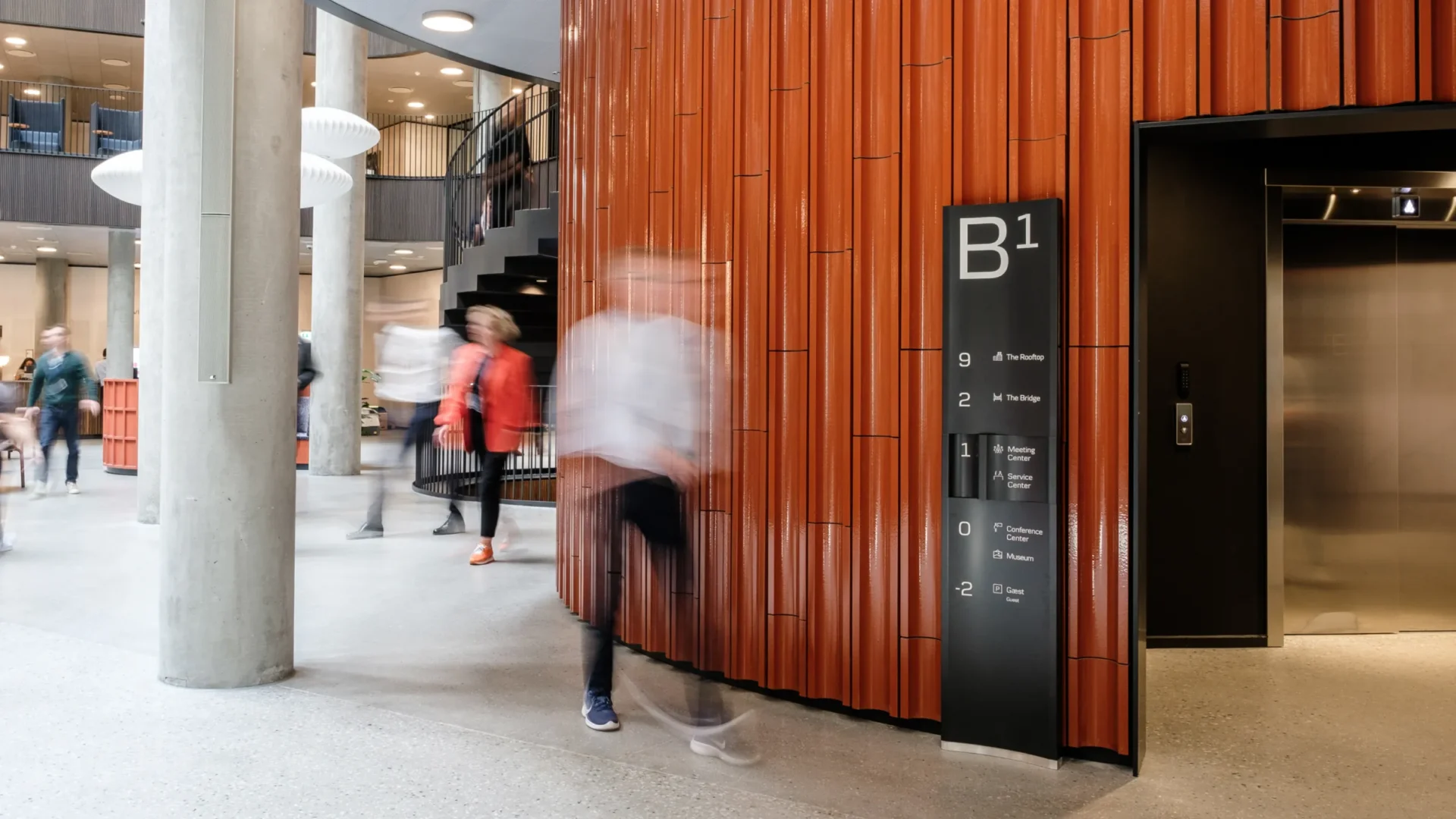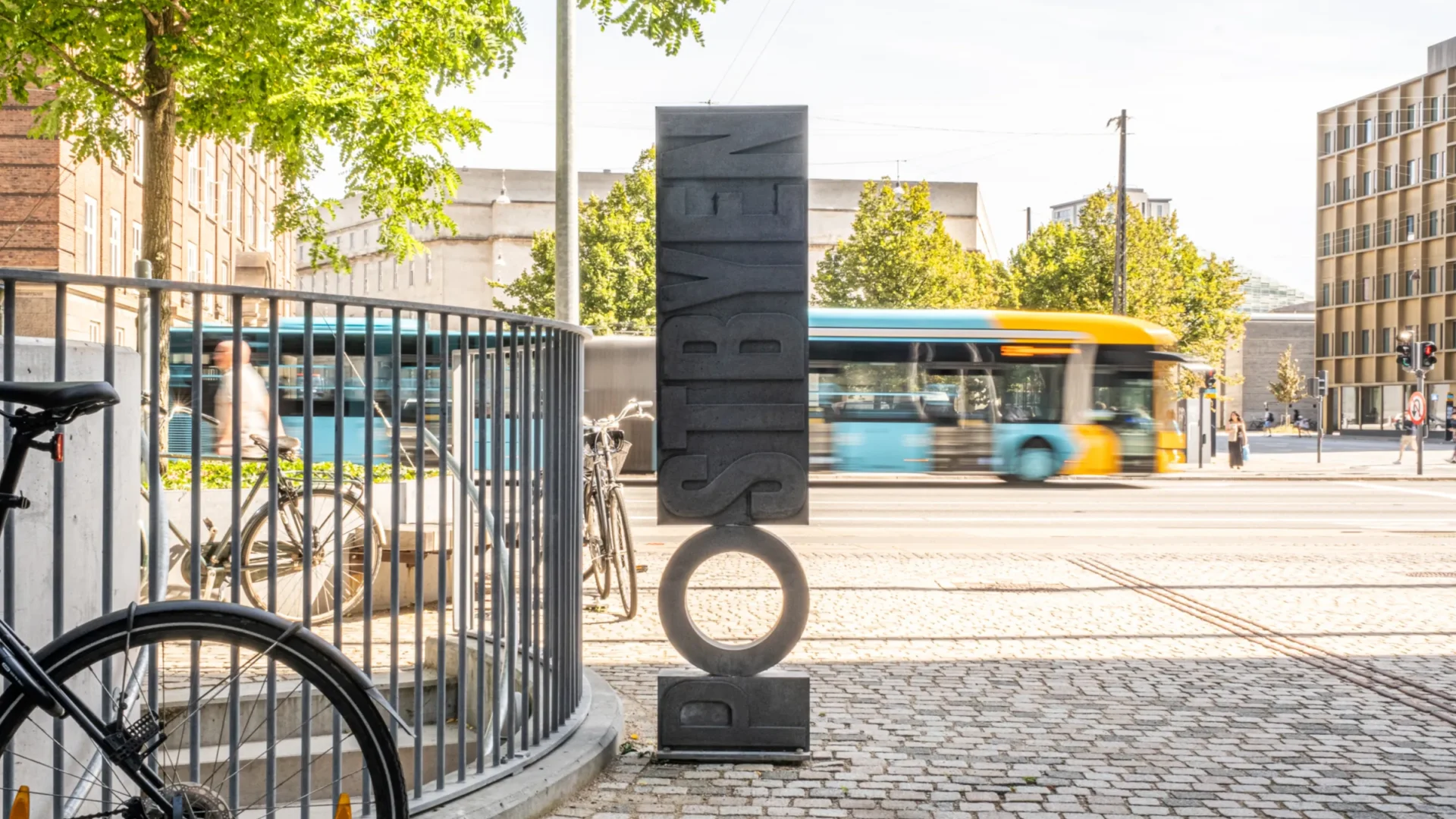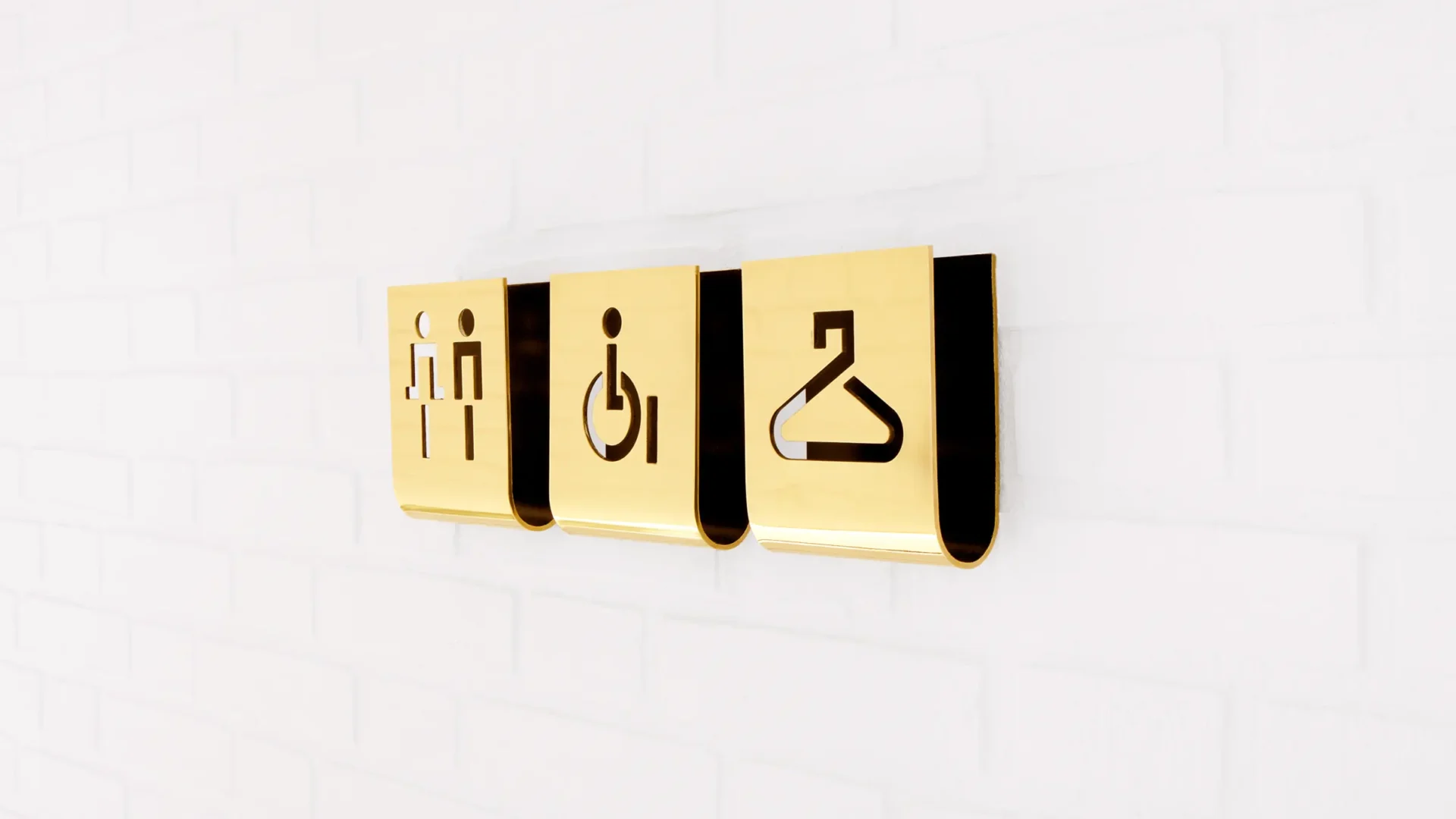Building Better Navigation with Michaela Pihl Olsen, Urgent.Agency
Explore the work of Michaela Pihl Olsen and Urgent.Agency before The SEGD 2025 Conference Experience, Designing Possible Futures
As we look toward Designing Possible Futures at the 2025 SEGD Conference Experience San Francisco, we’re spotlighting the voices shaping how people move, connect, and make meaning through design. These are the practitioners redefining human-centered systems—where empathy, accessibility, and clarity are not extras, but essentials.
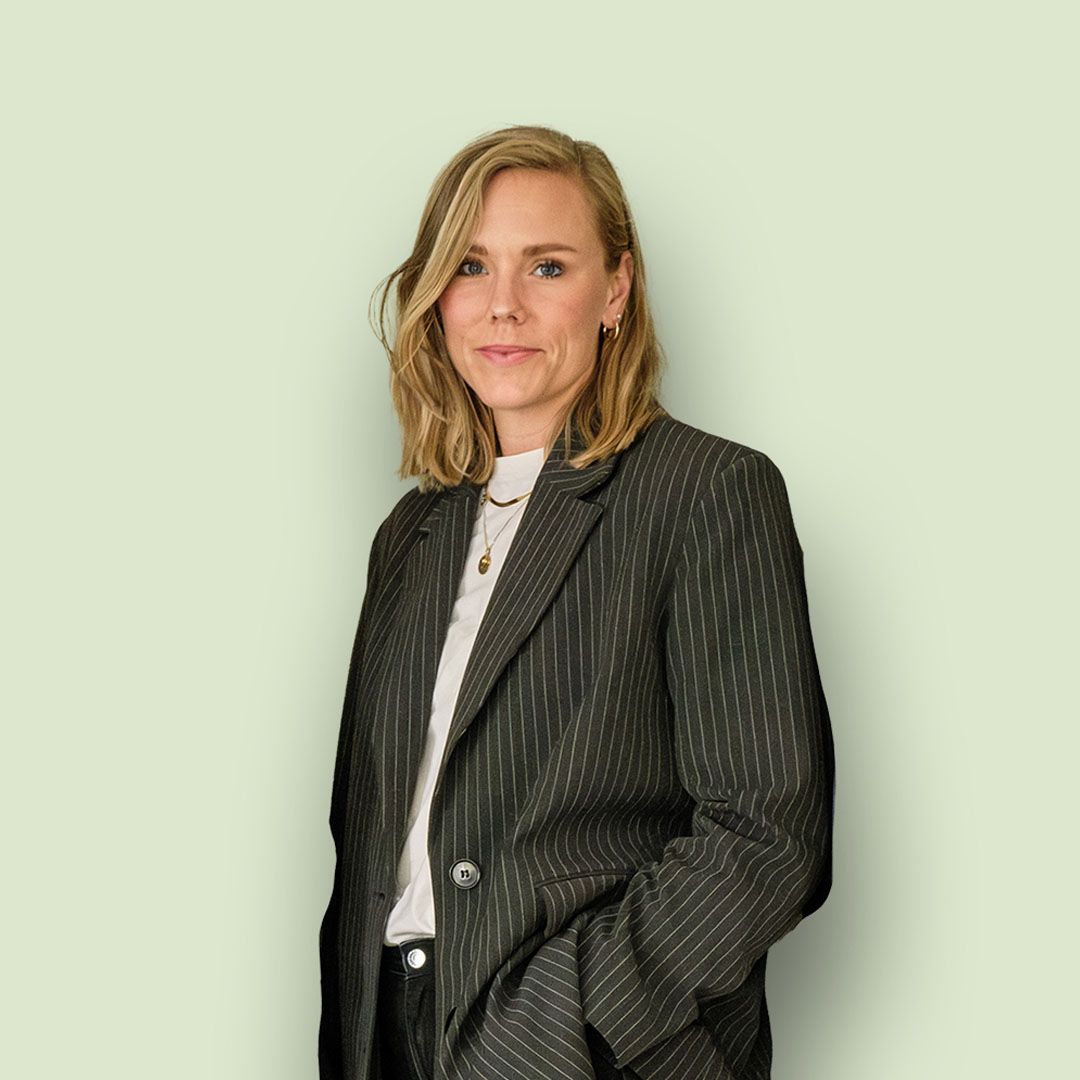
Meet Michaela Pihl Olsen — Partner, Urgent.Agency
Architecture and urban development are increasingly expected to deliver sustainable, inclusive, and human-centered solutions. Yet across the world, wayfinding remains one of the most overlooked components of design.
While cities and buildings aim for aesthetic excellence and operational efficiency, navigation is too often treated as an afterthought—added late in the process rather than integrated into the design’s DNA. The result is not only confusion and inefficiency but also a missed opportunity to strengthen people’s emotional and cultural connection to place.
For Michaela Pihl Olsen, Partner at Copenhagen-based Urgent.Agency, that oversight defines both the challenge and the opportunity. “At Urgent, our name reflects our approach—we focus on the burning platform in every project, the most pressing human need,” Olsen says. “Wayfinding meets people at moments of uncertainty. It should reduce stress, foster inclusion, and create spaces where people feel oriented, calm, and confident.”
The Urgency of Wayfinding
Clear wayfinding is not simply a convenience—it’s an urgent need. People navigate new environments every day, from airports to hospitals to urban neighborhoods. When those systems fail, confusion and anxiety quickly follow.
Olsen’s team approaches wayfinding as a strategic, user-centered practice rooted in empathy. Their systems prioritize clarity, contrast, and intuitive movement, transforming navigation into a seamless, supportive experience. “The urgency is especially pronounced in high-stakes environments,” she explains. “In hospitals, transport hubs, or cultural institutions, a moment of disorientation can have real consequences. Our job is to make those moments easier, safer, and more inclusive.”
By integrating wayfinding early in the architectural and planning process, designers can guide movement, improve flow, and strengthen the connection between people and space—turning navigation from an afterthought into a meaningful design layer that enhances quality of life.
Seeing the Blind Spots
Globally, wayfinding is beginning to gain recognition as a strategic design discipline. In the UK, US, and Australia, it’s now considered a core component of urban planning and architecture—supported by specialized consultancies and built into education and procurement processes.
In parts of the Middle East, human-centered approaches have moved wayfinding to the forefront of development, tying it directly to goals of safety, accessibility, and civic identity. But in other regions, including much of the Nordic world, wayfinding remains primarily functional—a set of signs rather than an integrated spatial experience.
“Wayfinding is more than directional signage,” Olsen says. “It’s a sensory and cultural experience that shapes how we engage with our surroundings. Through strategy, materiality, and graphics, it can harmonize with architecture and reinforce a project’s purpose and identity.”
She points to Arne Jacobsen’s Aarhus City Hall as an early model of this thinking. Designed as a gesamtkunstwerk—a total work of art—the building integrated signage, furniture, and typography within a unified architectural vision. “That’s the holistic approach we’ve lost in many modern workflows,” Olsen notes. “Today, fragmented processes often result in wayfinding that functions but doesn’t connect. We need to return to that sense of coherence and craft.”
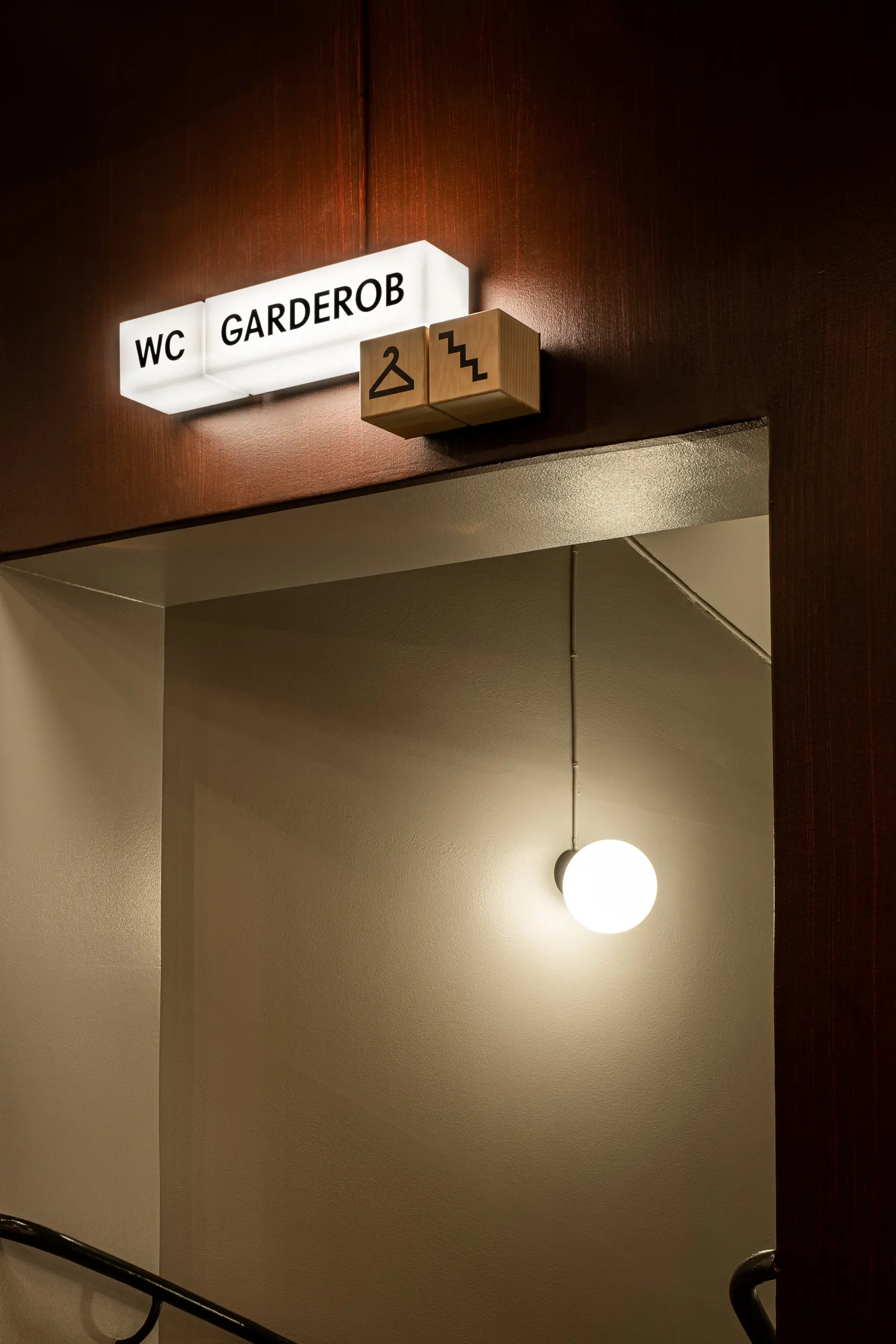
A Global Opportunity
When wayfinding is treated as a fundamental design element, the results are both practical and poetic. Clear navigation reduces stress, improves accessibility, and helps spaces operate more sustainably by minimizing wasted time and energy. Just as importantly, it communicates culture and intent, transforming movement through space into a deeper form of engagement.
“Wayfinding isn’t a luxury—it’s part of the human journey through space,” Olsen says.
When we design for clarity and connection, we create environments that people can trust and enjoy. That’s what makes design truly human.
See Michaela at the 2025 SEGD Conference Experience San Francisco
Join Michaela Pihl Olsen, Partner at Urgent.Agency, for her session “Building Better Navigation” at the SEGD Conference Experience San Francisco, June 26–28, 2025.
In this session, Olsen reframes wayfinding as a supportive design tool rather than an afterthought—rooted in Scandinavian traditions of human-centered design, craft, and holistic integration. She’ll explore how we can design navigation systems that remain meaningful over time, foster belonging, and reflect the ongoing dialogue between digital innovation and human sensory experience.
Key Takeaways
- Wayfinding is both functional and emotional—it shapes how we experience the future.
- Effective wayfinding starts with empathy for the user’s context.
- Rooted in Scandinavian design values, it fosters belonging and quality of life.
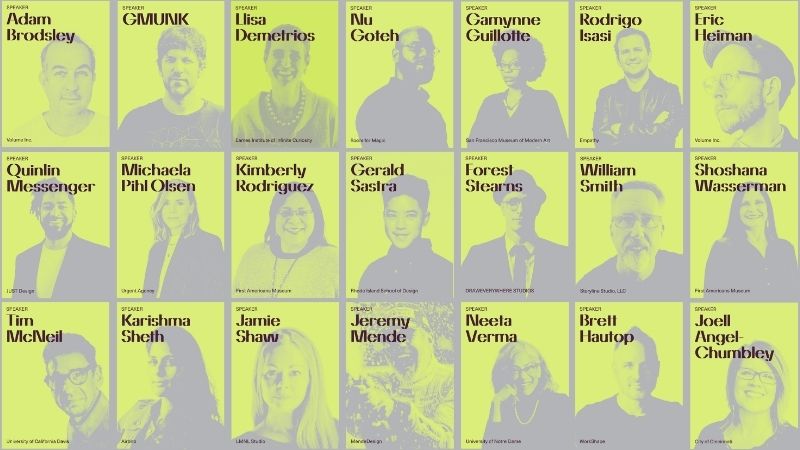
Register for the movement toward more connected, imaginative, and human-centered experiences.
People also viewed
-
Detailed Agenda: 2025 SEGD Conference
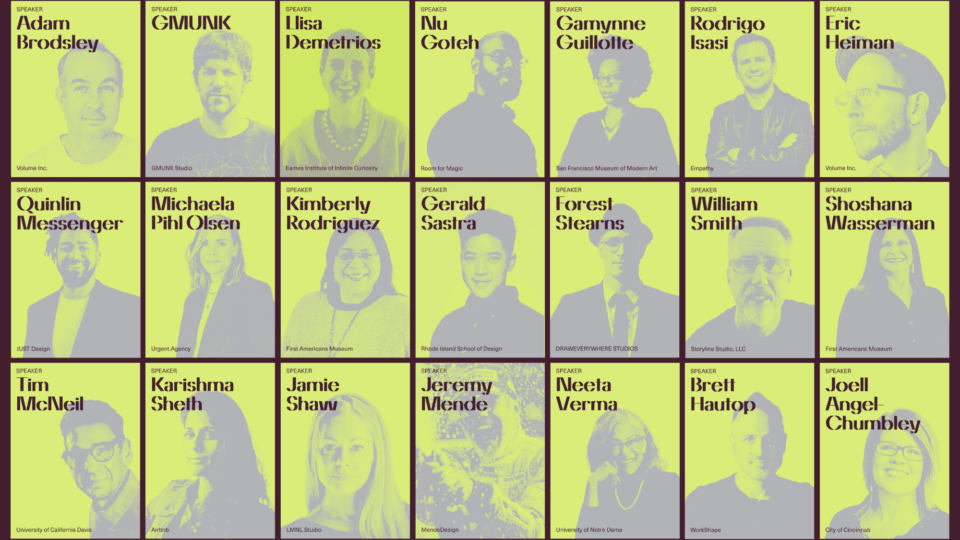
Detailed Agenda: 2025 SEGD Conference
-
2025 SEGD Conference Experience San Francisco Tours

2025 SEGD Conference Experience San Francisco Tours
-
Designing Possible Futures: SEGD Unveils 2025 Conference Program in San Francisco
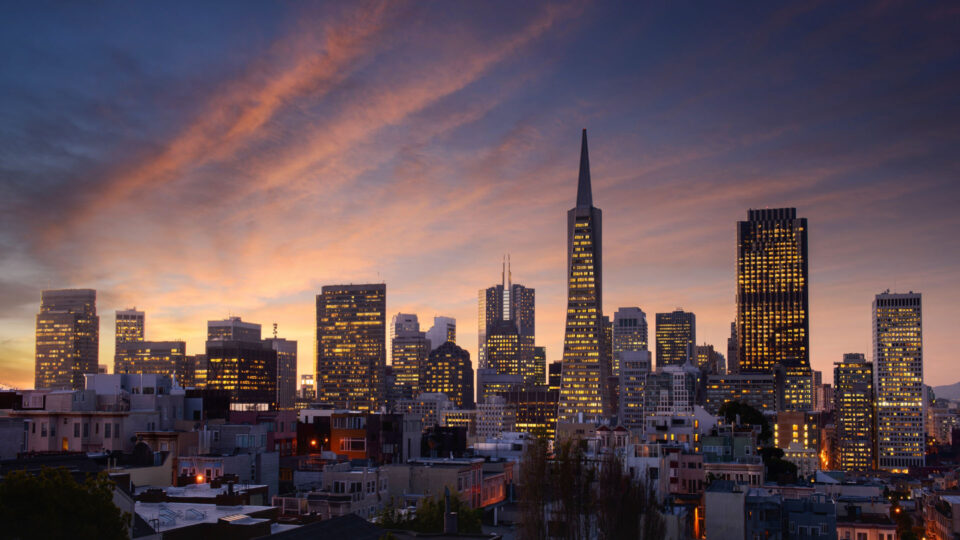
Designing Possible Futures: SEGD Unveils 2025 Conference Program in San Francisco
